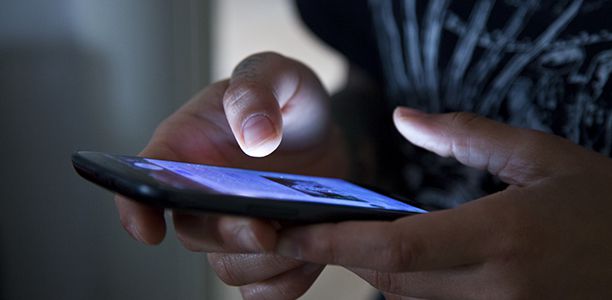Smartphone applications are not the best tool to assess sleep problems, according to research by Monash University.
With up to 40% of children experiencing a range of sleep problems, parents are turning to specialised devices and smartphone apps, although it is unknown if the information from such devices accurately reflects their children’s sleep.
Dr Sarah Biggs, Department of Paediatrics at the School of Clinical Sciences, said sleep problems could lead to poor daytime behaviour and learning difficulties.
“Gaining access to a clinical paediatric sleep assessment can be difficult due to limited availability in the public health system and recently there has been a surge in the public popularity of commercial sleep assessment devices which claim to provide users with a better understanding of their sleep,” she said.
Doctors are also taking an interest in these devices as they may provide a useful tool to screen for sleep disorders.
Dr Sarah Biggs, in conjunction with the Melbourne Children’s Sleep Centre, undertook a study of 80 children who attended the centre over a period of six months.
“We asked the children to wear a Jawbone UP® and an actiwatch, a device commonly used by sleep experts to assess sleep and wake patterns over time, during a diagnostic sleep study at the Centre.”
At the same time, a smartphone, with a sleep application activated (MotionX® 24/7), was also placed underneath the bottom bedsheet, near the child’s shoulder, for the entire night.
“The results of our study showed that the smartphone application did not accurately assess sleep, substantially overestimating the amount of time the child was asleep and underestimating the number of awakenings during the night,” said Dr Biggs.
The Jawbone UP® was quite good at assessing sleep, correctly identifying sleep 92% of the time although it was less accurate at assessing wake, correctly identifying when the child was awake only 69% of the time.
As these devices are based on movements, the Jawbone UP® had a tendency to overestimate wake with normal movements during sleep being recorded as the child being awake.
“While this device provides a fairly accurate assessment of sleep patterns, it is not so good at assessing sleep quality,” said Dr Biggs.
“Our research suggests that the wrist-based devices may be useful in screening for sleep problems that relate to the timing of sleep, such as behavioural insomnia or phase delay syndrome, but perhaps not as useful in screening for sleep problems that affect the quality of sleep, such as sleep disordered breathing or periodic limb movements.”
Dr Briggs presented the research at the Australasian Sleep Association’s Sleep in Aotearoa conference in Christchurch, New Zealand.
(Source: Monash University)










